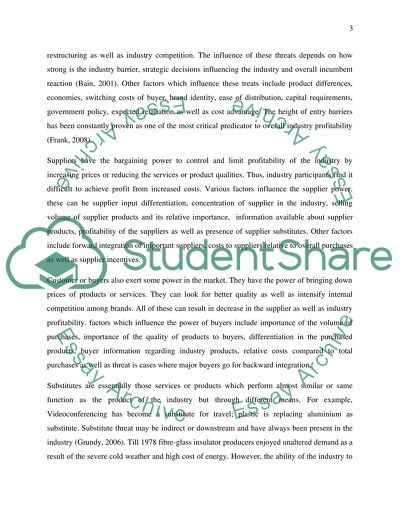Cite this document
(“A critical assessment of marketing analysis tools Essay”, n.d.)
Retrieved from https://studentshare.org/marketing/1491939-a-critical-assessment-of-marketing-analysis-tools
Retrieved from https://studentshare.org/marketing/1491939-a-critical-assessment-of-marketing-analysis-tools
(A Critical Assessment of Marketing Analysis Tools Essay)
https://studentshare.org/marketing/1491939-a-critical-assessment-of-marketing-analysis-tools.
https://studentshare.org/marketing/1491939-a-critical-assessment-of-marketing-analysis-tools.
“A Critical Assessment of Marketing Analysis Tools Essay”, n.d. https://studentshare.org/marketing/1491939-a-critical-assessment-of-marketing-analysis-tools.


